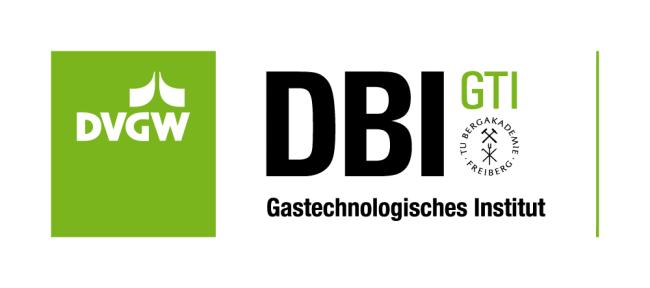Climate impact management through regenerative building cooling: Development of cooling load profiles and a web GIS-based cooling cadastre for the location-specific design of future cooling technologies in Saxony by 2040



| Project leader | Project manager | Project duration |
|---|---|---|
| Prof. Dr.-Ing. Tobias M. Fieback Dr.-Ing. Thomas Grab | Dipl.-Wi.-Ing. Lukas Oppelt | 1st December 2024 to 30th November 2027 |
About the project
Background
Drought and heat have characterised Germany, and Saxony in particular, over the past few summers. After the "summer of the century" in 2003 with an average temperature of 19.7 °C in Germany, 2018, 2019 and 2022 almost reached the same values again. In addition to crop failures, the heat also affects people's daily lives. The combination of hot days and tropical nights increases the health risk. Figure 1 on the following page shows the increase in the average number of summer days (Tmax > 25 °C).
An analysis of building air conditioning, e.g. in schools and public buildings but also in the residential sector, is an essential component of climate adaptation in the future in order to create a holistic systemic understanding and utilise sector coupling effects. But how can this cooling demand in Saxony be met effectively and renewably in the future and how will it occur over time? Various technologies are available for the provision of cooling, e.g. split units, heat pumps or absorption chillers, which can be utilised on a site-specific basis and must be specifically designed. Customer-specific cooling load profiles are of great importance here.
Project content
This is where the CoolSaxony project comes in. Building on the heating load profiles (standard load profiles) currently used in neighbourhood planning, cooling load profiles are to be developed. At the same time, various cooling scenarios will be derived for Saxony and the cooling requirements simulated depending on the location. The resulting "Saxony cooling map" will be made available to the public and will enable local authorities as well as energy suppliers and private households to assess, for example, whether future cooling technologies need to be integrated into a refurbishment project. In order to facilitate the selection of the appropriate technology, a techno-economic comparison is carried out and prepared as a guide
Project partners involved
The project is coordinated by the TU Bergakademie Freiberg (Chair of Technical Thermodynamics) and is being carried out in collaboration with the DBI GTI.

TU Bergakademie Freiberg

Professorship for Technical Thermodynamics
